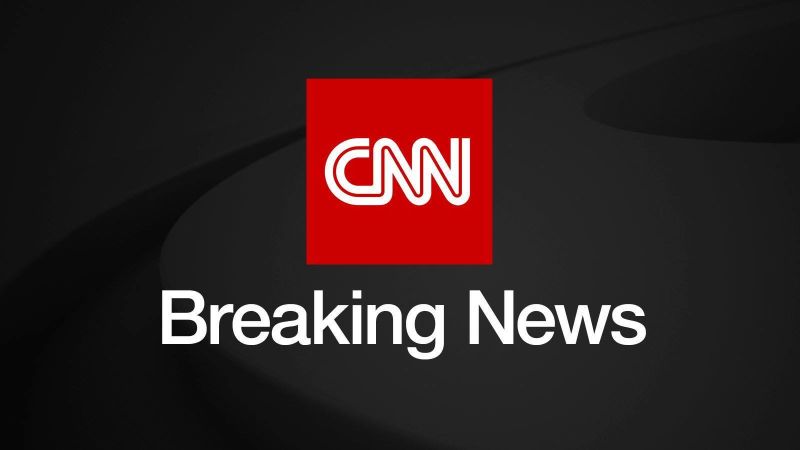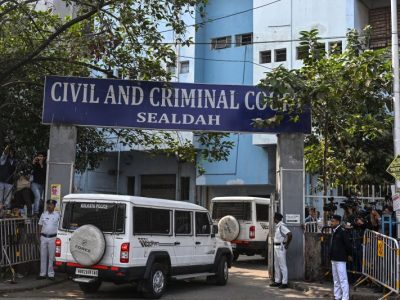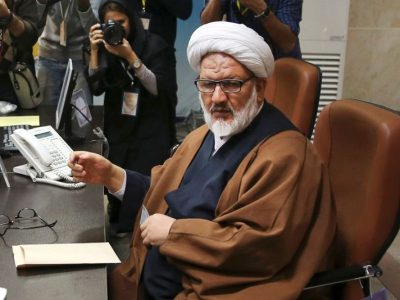
Ethiopia and Kenya both embrace renewables for their electricity production.
Ethiopia produces all the power for its national grid from renewable sources, and is home to the Grand Ethiopian Renaissance Dam, the largest hydropower plant in Africa. In Kenya, renewables account for around 90% of electricity, and the country boasts one of the largest geothermal facilities in the world, in the Olkaria Area.
But relying on renewables can be hard: electricity can’t always be generated when needed (a drought can mean no hydropower) and renewable energy is difficult to store. One solution? The Ethiopia-Kenya Electricity Highway.
The vast piece of infrastructure opened officially last year after a decade of work and $1.2 billion of investment. Now, when one country needs more electricity for its national grid and the other has a surplus, electricity automatically flows across the border, along 650 miles of transmission lines, so that supply meets demand. Last week, a Kenya-Tanzania link began operations, which will let energy flow across that border, too.
Power sharing
Experts say sharing electricity (or “power sharing”) between African countries is fundamental to a successful clean energy transition. According to Darlain Edeme, African Energy Analyst for the International Energy Agency (IEA), it can “improve quality, reliability, security, and have benefits on prices,” in a continent where demand for electricity is rapidly increasing.
In Ethiopia, a country with a population of nearly 130 million, electricity consumption per capita quadrupled between 2000 and 2022. In Kenya, it rose by three quarters within the same period. And it’s set to continue rising – in 2017 Ethiopia launched its National Electrification Plan that aimed to achieve universal electrification by 2025, despite only about one in four rural households currently having access to electricity. Across Africa, the UN has targeted universal access to electricity by 2030, which would mean adding the 600 million people currently without it – nearly half the population of the continent – in the next five years.
With a rising energy access deficit – the difference between supply and demand – it makes sense for neighbors to pool their resources. But power sharing requires sophisticated infrastructure – namely, interconnectors – transmission lines that enable electricity to flow both ways across a border or over a large distance.
And it’s expensive, too. The Ethiopia-Kenya Electricity Highway follows the model of other interconnectors in Africa, including one between Zambia and Namibia, which has run since 2010 and cost $300 million to construct, and a 1,000-mile interconnector between two regions of the Democratic Republic of the Congo, running since 1982 and costing over $800 million.
For the African Development Bank (AfDB), which contributed over $300 million of funding towards the Ethiopia-Kenya link, it’s worth it. “You see population growth somewhat outstripping the growth of new connections,” said Daniel Schroth, director of the Renewable Energy and Energy Efficiency Department at the AfDB. “There’s a big push on addressing this energy access deficit more decisively.”
Energy security for East Africa
Since the highway opened, Ethiopia’s electricity supply has provided vital backup for Kenya, which has been importing 200 megawatts (MW) of power daily from its neighbor, equivalent to around 10% of the peak demand of Kenya’s national grid. The interconnector has the capacity to transfer up to 2,000 MW.
For many countries in East Africa with a history of power outages, including Ethiopia and Kenya, access to a backup supply could be a lifeline. But while Alemayehu Wubeshet Zegeye, manager for Regional Power Systems Operations in the East African Region for the AfDB, said that the new interconnector “absolutely will reduce the number of blackouts,” it cannot remove them entirely. IEA analyst Edeme said that while having access to backup supplies of electricity is one thing, having functioning utilities to distribute it is another. Across Africa, he said, utilities “are not in the best shape from a financial perspective.”
In September, Reuters reported two “major blackouts” in Kenya in a single week, with Energy Minister Opiyo Wandayi blaming “sub-optimal investment in infrastructure.”
Connecting the continent
The Ethiopia-Kenya Electricity Highway, also funded by the World Bank, is one part of a wider project for the Eastern African Power Pool (EAPP), a group of 13 countries brought together to meet rising demand for electricity and ensure backup supplies.
The EAPP is one of five power pools in Africa, which, with the help of interconnectors, could one day link together the energy supplies of every region in the continent.
“The vision clearly articulated by the African Union is to create an African single electricity market building on the regional power pools being interconnected,” said Schroth. The hope is that with increased competition will come falling prices for consumers, and new sources of revenue for countries producing surplus energy that – in the absence of expensive storage systems – would otherwise go to waste. Already, due to the electricity highway, Ethiopia has increased revenue from its electricity exports, which were previously limited to Djibouti, by almost a half, according to Zegeye.
Having added the Kenya-Tanzania interconnector to its power sharing network, the next target for the EAPP is to link Tanzania (and therefore Kenya and Ethiopia, too) to Zambia, both countries in the Southern African Power Pool (SAPP).
Environmental benefits around the world
Interconnectors are popular outside Africa, too, with a network of over 400 in Europe. A link between Spain and Morocco already connects the electricity supplies of Europe and Africa, and another – between Greece and Egypt – is currently under construction, with the aim of completion by 2029.
“I think there has been a rallying call over the last two years,” said Schroth, explaining the proliferation of interconnector projects across the continent and the world. “There won’t be an energy transition without transmission.”
With more funding and international cooperation, there is hope that Africa will one day become a clean energy powerhouse. “I’m optimistic,” said Edeme, “I see a lot of momentum right now in the sector.”










